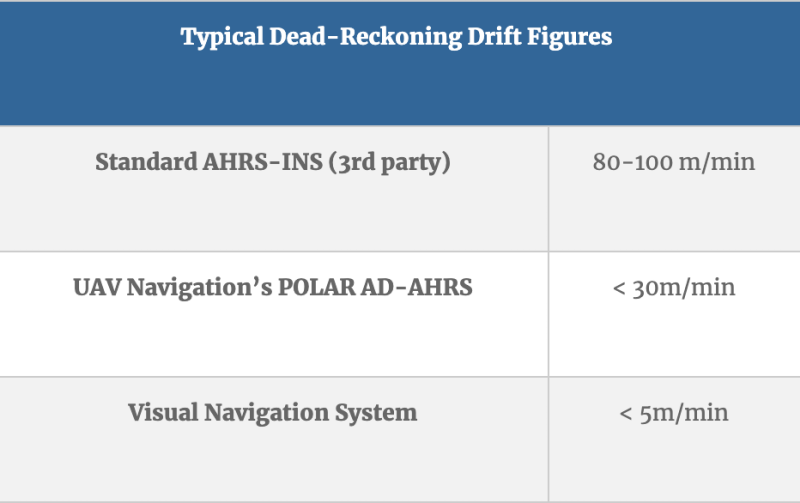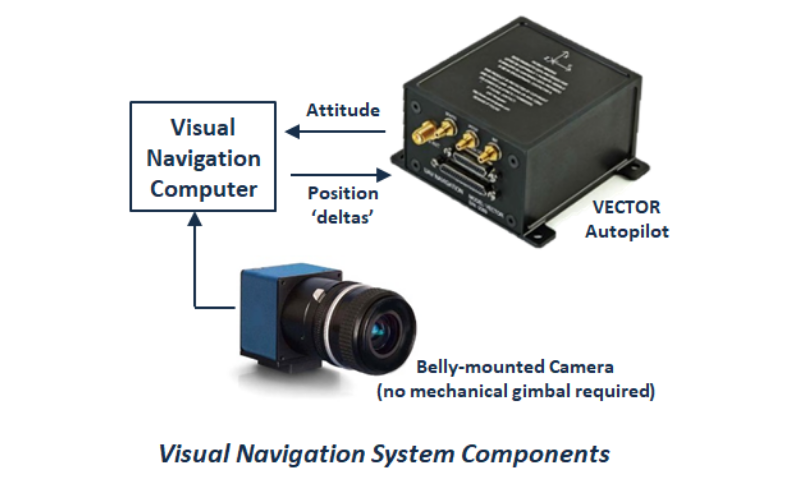UAV Navigation is involved in the rapid research and development of innovative and cutting-edge flight control technologies that address the need of the hour. The goal is to design technologies that help overcome the challenges faced by the UAS/RPAS sector.
Visual Navigation System (VNS), UAV Navigation’s Research and Development Project is a standing example of this most cherished corporate value. This system largely reduces the accumulated positional error during Dead-Reckoning Navigation.
The initial testing in real-time flight conditions has been a complete success. This indicates its perfect integration with UAV Navigation’s flight control solution, which improves navigation without GNSS signal.
The VNS leverages “Visual Odometry” techniques to determine the position and orientation of the aircraft. This is done through a camera that is installed under it and captures images that are then analyzed and processed.
GNSS receivers are commonly used to provide positional information, which also helps to cancel out the inherent drift of MEMs-based inertial sensors.
UAV Navigation’s sensors are tolerant toward GNSS failures (typically, in GNSS-denied scenarios) and can operate in Dead-Reckoning without compromising on flight safety. However, a prolonged GNSS failure can lead to a significant navigation drift, and this is where the VNS comes in. Images from the camera are processed by a lightweight Onboard Computer, translating the images into a relative change in the aircraft position. This information can be combined with the inertial sensors to reduce the overall drift down to < 1% of the distance traveled, eliminating any drift associated with time.
The above diagram is a depiction of how the VNS components are combined with the VECTOR autopilot, providing a complete and robust Autonomous Flight Control and Navigation Solution.
In addition to a standard VECTOR autopilot, the VNS system comprises of just a simple, belly-mounted camera and small, lightweight image processing computer.
Source: Press Release


